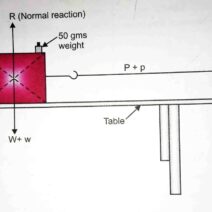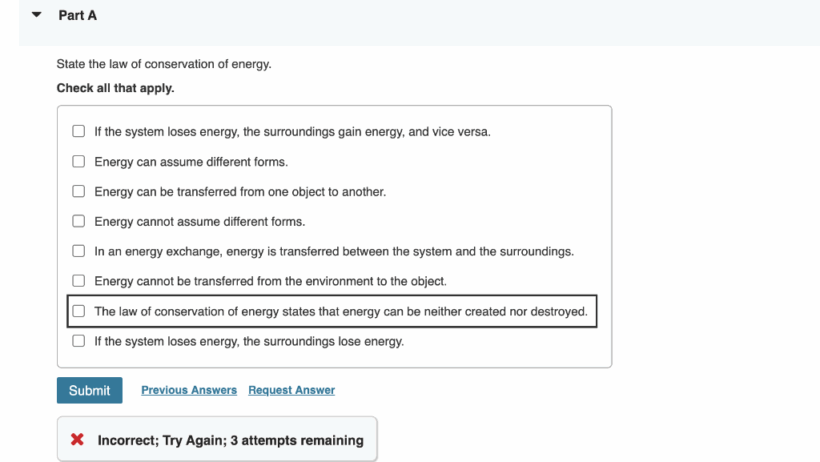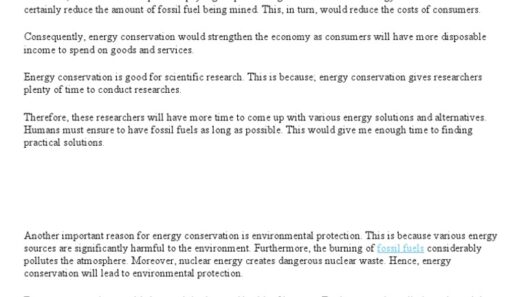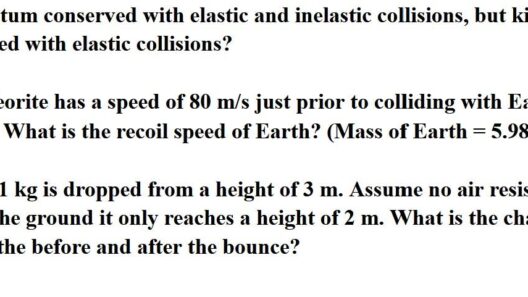In the grand tapestry of nature, the law of energy conservation emerges as a cornerstone principle, a profound truth that governs the dynamics of our universe. This fundamental law articulates a captivating yet straightforward reality: energy cannot be created or destroyed; it can only be transformed from one form to another. Understanding this principle not only deepens our appreciation of the physical world but also has vast implications for our environment and technology.
As we delve into the nuances of this law, we uncover its vital role in various scientific domains, from physics to chemistry, and even ecology. By exploring the intricate mechanisms that underlie energy transformations, we better grasp the fabric of existence itself.
The multifaceted applications of the law of energy conservation serve as both a foundation for modern science and a lens through which we can view the world around us. Let us embark on this exploration of a law that is often taken for granted, yet is deeply woven into the narratives of our times.
Unraveling the Core Principle: Energy Transformation
At its essence, the law of energy conservation dictates that within a closed system, the total amount of energy remains constant. This implies that energy can transition from potential forms—such as gravitational or chemical—to kinetic forms or thermal energy, but the sum always remains unchanged. For example, when you roll a ball uphill, the kinetic energy from the initial motion is converted into potential energy as it climbs; when it rolls back down, that potential energy morphs back into kinetic energy.
This principle reflects an aesthetic elegance; the seemingly chaotic interactions in nature adhere to an underlying order. Through the lens of thermodynamics, we observe how energy exchanges inform everything in our universe, from celestial bodies moving through the cosmos to the tiniest atoms collaborating in a chemical reaction. Scientists, engineers, and philosophers alike have long drawn inspiration from this law, marveling at the intricate dance of energy throughout existence.
Curiously, the conservation of energy also presents an interesting philosophical dilemma: if energy is constant, then where does the variety of forms come from? The answer lies in the complex interactions of forces at play. Energy transforms, intertwining with matter, morphing into myriad forms, each carrying its own purpose within the ecosystem.
The Many Faces of Energy: Forms and Functions
Exploring the various forms that energy takes reveals a spectrum that is as fascinating as it is essential. Kinetic energy, for instance, embodies motion, found in things as vast as a rolling mountain boulder or as minuscule as vibrating molecules. Potential energy lies in wait, stored within objects or systems, ready to unleash its power—a drawn bowstring, a water reservoir at a height, or chemical bonds poised to react.
Thermal energy presents its own unique characteristic, manifesting as heat arising from the motion of particles. Here, we encounter the principles of thermodynamics and the significance of heat transfer in processes such as combustion. Harnessed wisely, these energy forms can propel technologies that shape our modern lives, from nourishing homes to powering vehicles.
Moreover, the law of conservation of energy has profound implications for renewable energy technologies. As we pivot from fossil fuels to sustainable options like solar and wind, we harness renewable sources that convert energy from the sun and wind into usable forms, demonstrating the timeless interaction of energy cycles. These innovative approaches underscore the potential for humanity to live harmoniously with the laws of nature while reducing our ecological footprint.
The Consequences of Disregarding Energy Conservation
The ramifications of neglecting the principles of energy conservation extend into profound consequences for our environment. Human activities often disrupt natural systems, leading to an unsustainable energy balance. Fossil fuel consumption, deforestation, and wasteful practices contribute to an imbalance, resulting in rapidly accelerating climate change and its dire impacts on biodiversity and ecosystems.
Understanding the law of energy conservation may provide insights into how we can better align our societal practices with nature’s rhythms. By embracing the principle of energy transformation, we can optimize our energy use, enhance efficiency, and prioritize renewable sources. This transition not only preserves the integrity of ecological systems but also positions humanity as responsible stewards of our planet.
A Shared Future: Embracing the Law of Energy Conservation
Incongruities in our understanding of energy have led to both technological advancements and environmental crises. Yet, an appreciation of the law of energy conservation can bridge the gap between these two worlds. It fosters a holistic perspective that encourages innovation in energy production, consumption, and conservation practices.
As communities around the world mobilize to confront the challenges posed by climate change, invoking the principles embedded within the law of energy conservation can galvanize action. Energy systems can be redesigned to align with ecological principles, fostering resilience and sustainability. By transitioning toward a circular economy, we can create a world where energy is used efficiently, waste is minimized, and the delicate balance of nature is honored.
In conclusion, the law of energy conservation is not merely an abstract scientific concept but a fundamental truth that defines our existence. By understanding and applying this principle, we can navigate the complexities of the modern world, ensuring a sustainable future for generations to come. Embracing energy conservation as a societal ethos could empower us to address the ecological crises we face today, shaping a harmonious relationship with the natural world and the energy within it.






